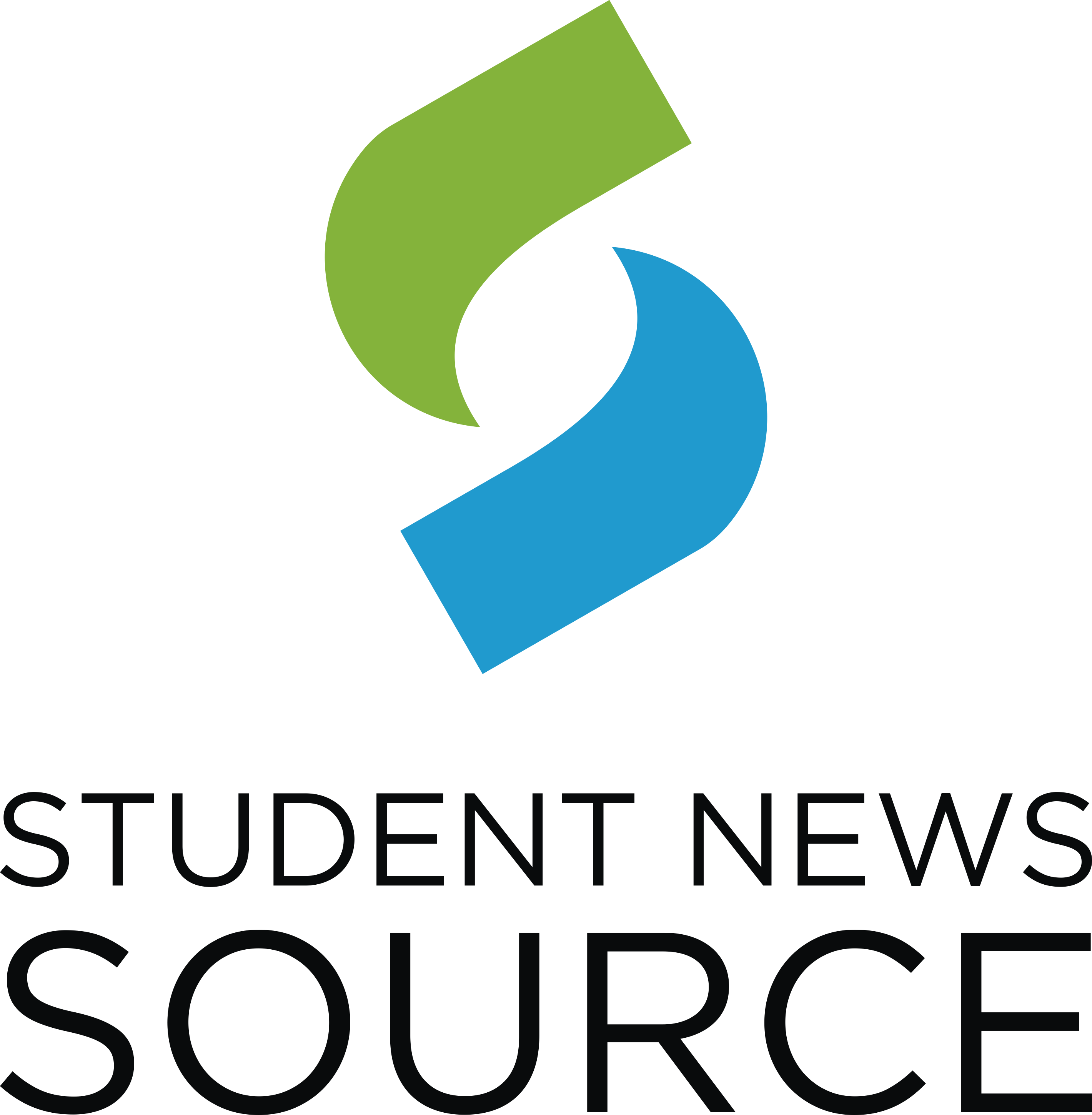The digital dilemma
COVID-19 paired with election season has caused a surge in the amount of political discourse that takes place online, leaving students to distinguish between what’s real and what’s fake.
COVID-19 paired with election season has caused a surge in the amount of political discourse that takes place online, leaving students to distinguish between what’s real and what’s fake.
In terms of political events, 2020 has provided plenty. With the upcoming presidential election, the many areas of clash surrounding COVID-19 and the rise of the Black Lives Matter movement, it’s no surprise that many people have felt the urge to speak up about topics that they care about. For Gen Zers especially, the pandemic has made social media the prime platform for expressing those opinions, whether it be through resharing posts or exchanging viewpoints of their own.
With just a click of a button, someone can instantly share an idea to hundreds of people, often without much thought. This sometimes causes a disconnect between research-based news versus interpretations of news. In terms of forming one’s own political opinions, finding the most accurate information to base them off of can prove to be very difficult.
Of the 127 students surveyed at West High, half said social media is their primary source of news, with over 44% using Instagram the most. Nearly 23% cited social media as the biggest influence on their political opinions. However, only 3.9% said that social media is completely reliable as a news source. A 2018 study by an MIT research team discovered that it takes the truth “about six times as long as falsehood to reach 1,500 people.”
Alex Curtu ’22 comments on the importance of fact checking news on social media sites. “I think it’s super important for everyone to [fact check news accounts] and I don’t think everybody does,” she said. “If the one account or source you got all your information from is super biased or wrong and you take that opinion and make it your own, then you are in danger of spreading that wrong info further.”
One benefit of spreading news on social media is it makes information easy to digest for everyone. “Something that catches my attention on an activism post is when it is easy to understand for everyone, and it leaves a mark on you,” said Sanket Deshpande ’23.
Since the pandemic has restricted in-person communication, students such as Julianna Mascardo ’23 use social media to share accurate information about upcoming events.
“If there’s a protest going on that you should go to or facts about a certain thing that’s going on, I’ll make sure that it’s [from a verified account],” Mascardo said.
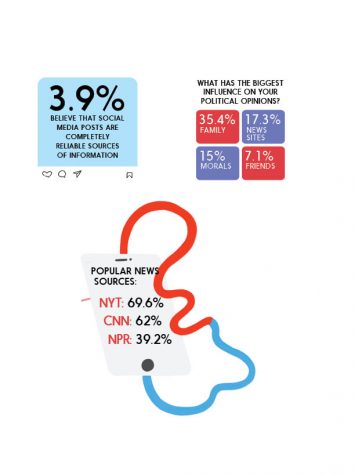
Slightly over 56% of students surveyed said they are sometimes influenced by social media activism posts while over 19% said they disregard posts and nearly 21% say they are very influenced.
Tikki Cui ’21, who typically reposts 15 to 20 times a day on his Instagram story about voting mechanisms and social movements, weighs in on the pros and cons of activism on social media.
Cui believes social media is not the best communication method for information, and that misinformation gets in the way of spreading the true facts. Misinformation, defined as inaccurate information often designed to deceive, is a prevalent obstacle when it comes to using social media as a reliable source of information.
Cui combats misinformation by ensuring his posts are accurate by reading multiple articles from different news sources about the topic, then analyzing how the post lays it out. He hopes his followers will learn something new or put the post on their page in order to spread the information.
“Social media is effective to create a ripple effect since my followers have contrasting following bases as I do, and the collective base is wider if the posts get spread,” Cui said.
However, there has been some debate on the principles behind certain measures taken in the name of change. Via CitizenLab, the United Nations defines some media as “slacktivism,” when “people support a cause by performing simple measures” but are not necessarily “engaged or devoted to making a change.”
Favour Alarape ’21 posts about issues such as equality, racism and the upcoming presidential election.
“It’s important to keep going because you never know who you’ll reach that day. One day, I had a conservative-leaning friend slide up [on my Instagram story] and say ‘Honestly, I’ve never thought of [the issue] that way,’” Alarape said. “It was really nice to see that I actually made an impact on her, someone who had different ideas but now has seen a different viewpoint.”
Although to a certain extent, Alarape agrees that social media can become an echo chamber of opinions. An echo chamber in news media refers to how beliefs are reinforced by repeated communication in a closed system, effectively isolating those ideas from opposing views. Alarape continues posting because there is always a chance for impact.
Jared Heitman ’21, who identifies as liberal-leaning, occasionally swipes through the website iFunny, which he describes as full of radical right-wing users who don’t shy away from speaking out on what they believe.
“It’s to prevent me from getting into the [social media] echo chamber,” he said. “My family and friends are extremely liberal. Nowhere in my personal life do I get a chance to see the other side. It’s very irresponsible to not do so because you don’t know if you’re in the wrong, or if you’re missing out on a different angle.”
Heitman has seen change in his own opinions after viewing discussions on iFunny.
“It has given me insight on things such as the Second Amendment… I see people in the comments discussing their own reasons to own guns and their validity. They make lots of good points,” Heitman said. Formerly in opposition of the Second Amendment, he now is in support of it after viewing the discussions.
Heitman also believes the anonymity that many people use when online has a significant impairment on having meaningful conversations on social media.
“People don’t feel like they’re going to be held accountable for what they say. It’s not their face which is on display,” Heitman said. “They feel more emboldened to post things that are untrue or exaggerated, because they don’t face consequences of real life.”
Over 52% of the students surveyed identify as Democrats while nearly nine percent identify as Republicans and 18.5% as Independents. As for news sites, the top three sites that West High students use are the New York Times (69.6%), CNN (62%) and NPR (39.2%). News sites took up 17.3% of the vote on being the biggest influence on students’ political opinions.
Media bias, a term referring to the perceived bias of journalists in mass media, can occur in both news broadcasts and social media posts. Some students recognize that they may be too partial to certain news sites and make a point to read news from a different perspective in order to gain insight and understanding of others’ viewpoints.
“I personally think it’s important to look at new sources that are biased towards the right,” Curtu, who identifies as Independent and liberally-leaning, said. “Me and my family don’t agree with Fox News as a news source but we still watch it to get both sides of the political spectrum.”
Peer influence is another factor in how students form political opinions – 7.1% of students said it’s the biggest influence on their opinions. Mascardo says her friends have influenced her political opinions and that she does share the same opinions with most of her friends. However, she doesn’t feel the need to only be friends with people who share the same views.
Cui, who identifies as Republican, also doesn’t feel the need to surround himself with politically like-minded friends.
“I have friends who agree with me and those who don’t…I have to make sure I don’t sacrifice my beliefs in order to be friends with them,” Cui said. “I don’t want our political opinions to mess up our friendship.”
Political beliefs can also run in families. Considering most people spend 18 years of their life around the same handful of relatives, it’s no surprise that family influence was the top factor cited by West High students when it comes to forming political opinions, taking up 35.4% of the vote. However, that doesn’t mean students currently agree with everything their family members believe. Nearly 70% of respondents say that some of their opinions now differ from their parents.
Mascardo and her immediate family agree on most political subjects, all identifying as Democrats and sharing the same beliefs. On how she formed her own beliefs, Mascardo said, “I think it’s just because my immediate family, who I live with, also believes in those.”
However, opinions aren’t always formed on the basis of factual information or another’s influence. Students also report drawing their moral beliefs when deciding their stance on an issue. Fifteen percent of students surveyed said it’s their own morals that guide their political opinions.
“It’s what I feel is right, within myself,” Alarape said. She adds that factors such as her religion and how her parents raised her also play a part in what she feels is right.
Over time, Alarape has developed different opinions than her parents and formed her own moral compass by educating herself and being aware of other people’s perspectives. Part of how she does this is by keeping an open mind when viewing new information. Alarape said, “Who posted it doesn’t matter for me. If I see something and it speaks to me, it doesn’t make me judge them. It’s important to see other people’s point of view.”
Your donation will support the student journalists of West High School. Your contribution will allow us to purchase Scholarship Yearbooks, newsroom equipment and cover our annual website hosting costs.
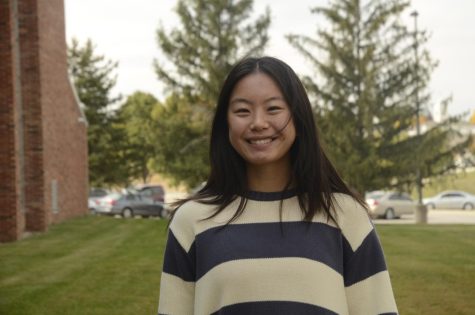
(she/her) Heidi Du is a senior and this is her third year on staff and second year as copy editor of the newsmagazine. Outside of the newsroom, she can...
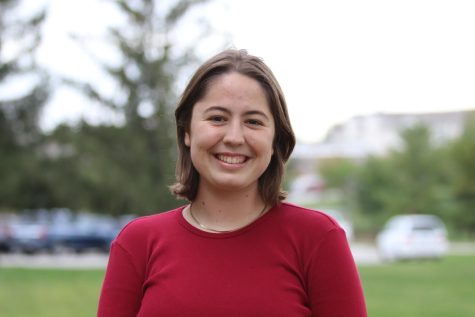
(she/her) Audrey is a senior and has been on the West Side Story staff for 3 years. She is the Copy Editor for the WSS website this year. For fun, she...
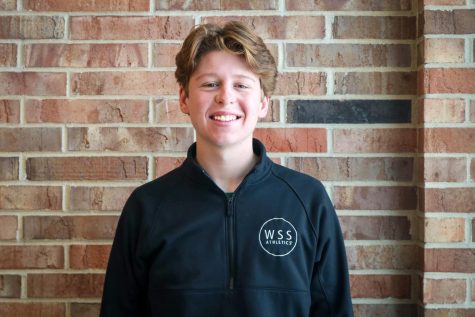
Owen Aanestad is a senior at West. This is his third year on staff working for the online publication as the online editor-in-chief In addition to playing...
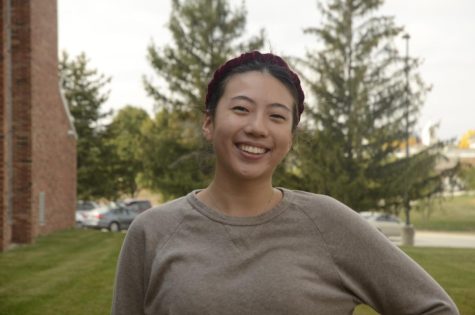
(she/her) Maya is a senior and this is her third year on staff. She is the feature editor for print and is super excited for another great year. She loves...



